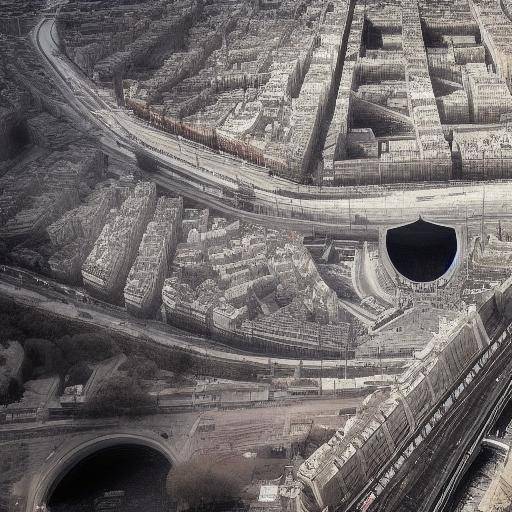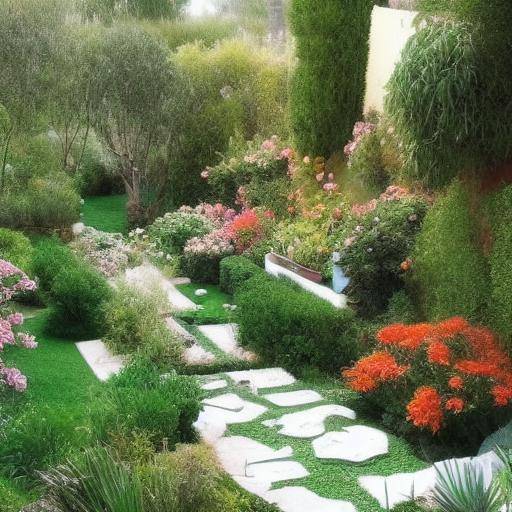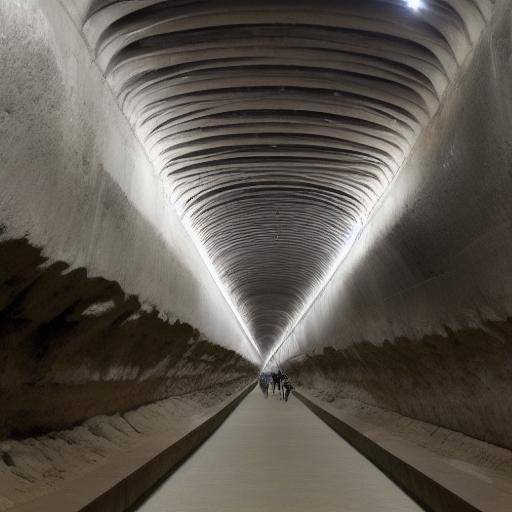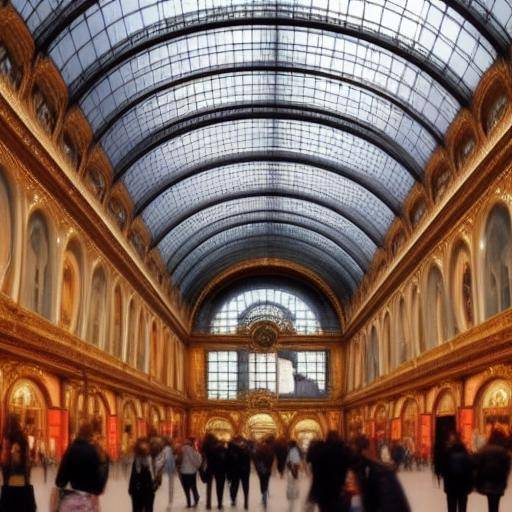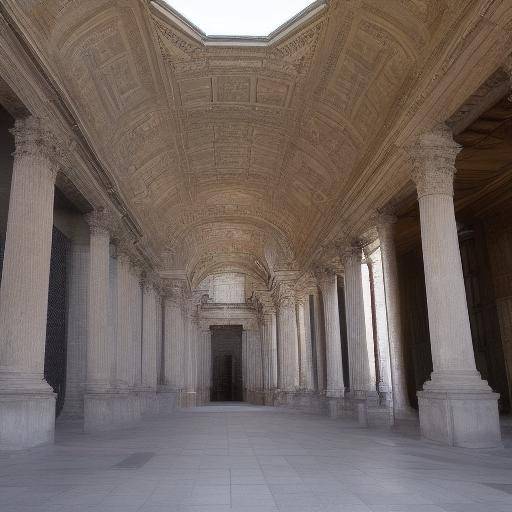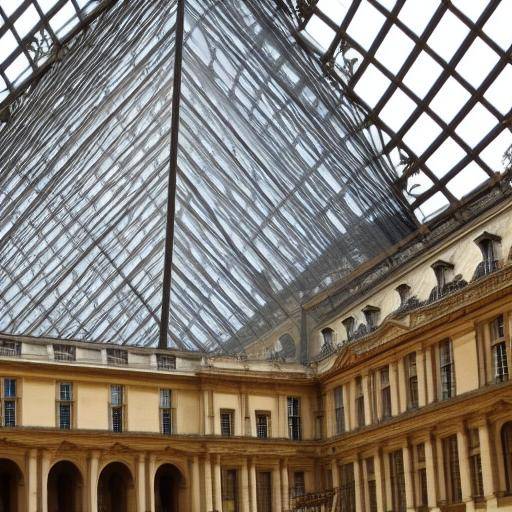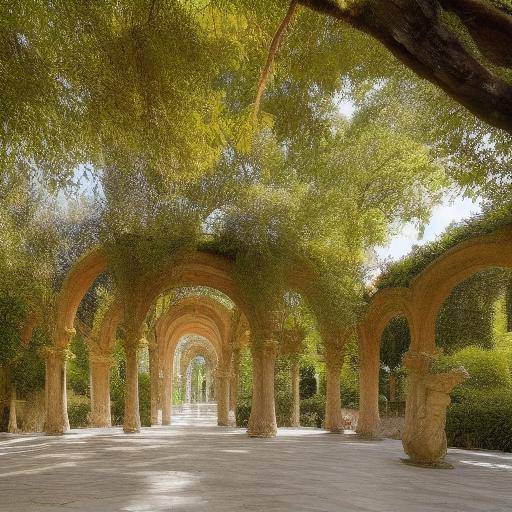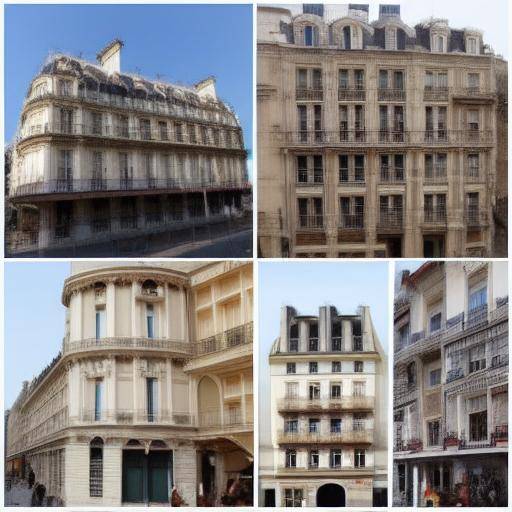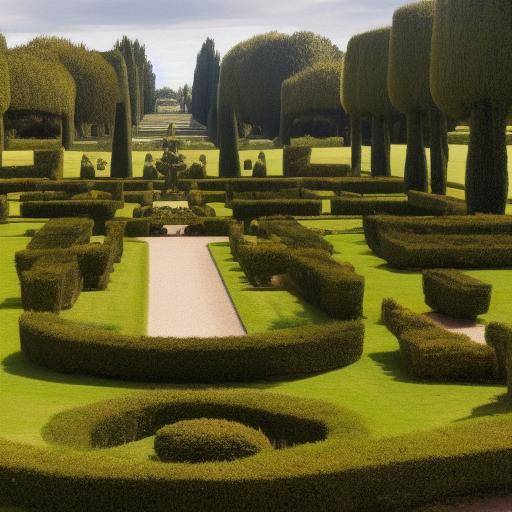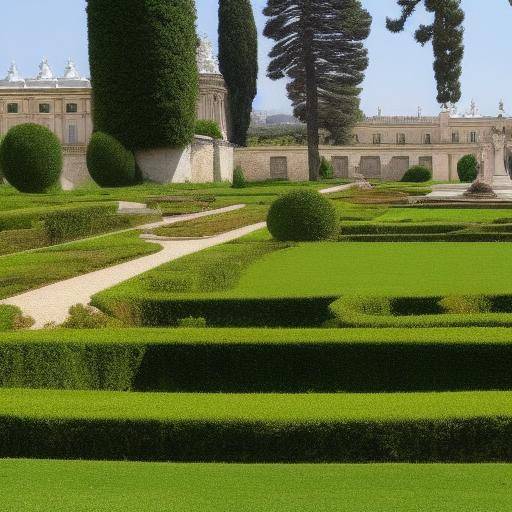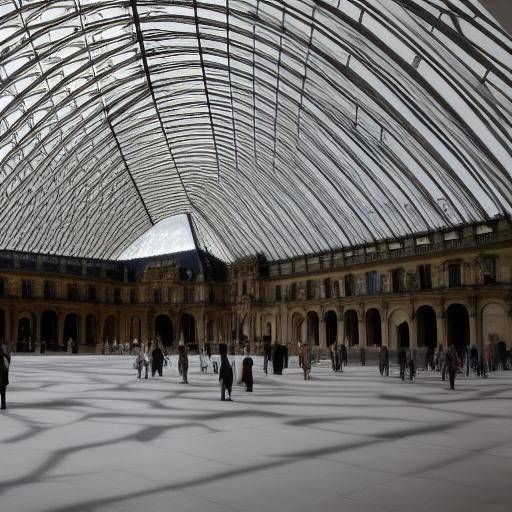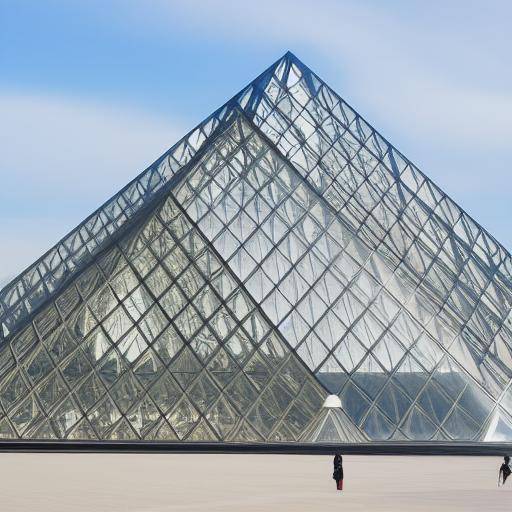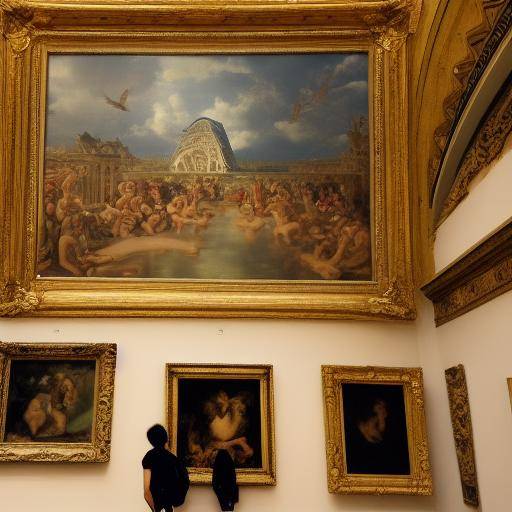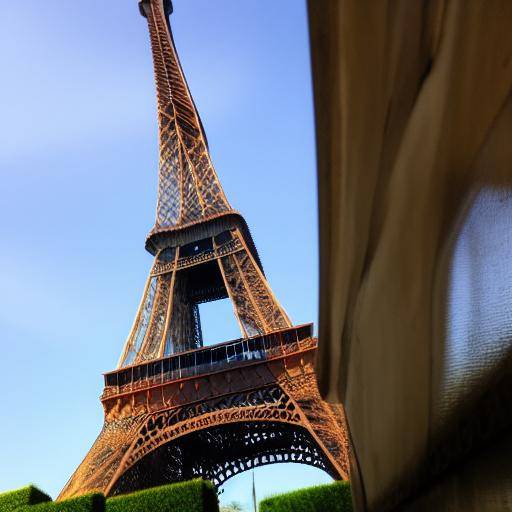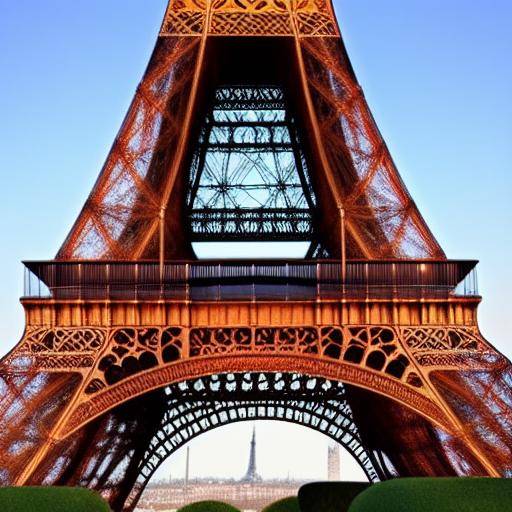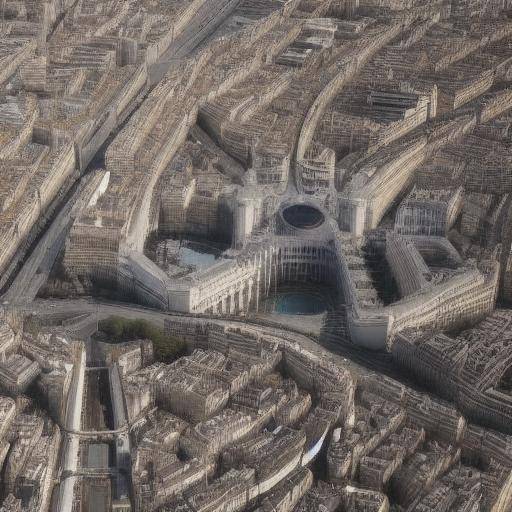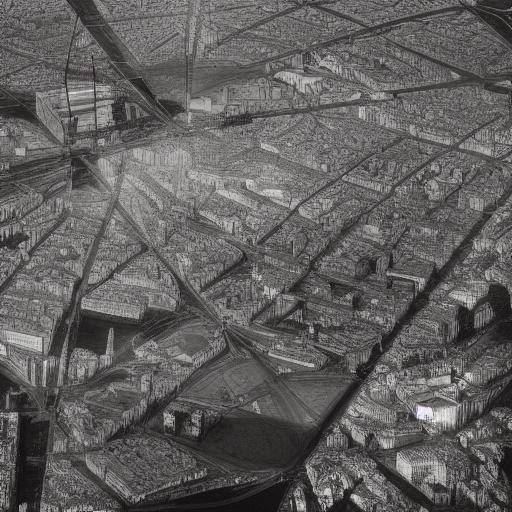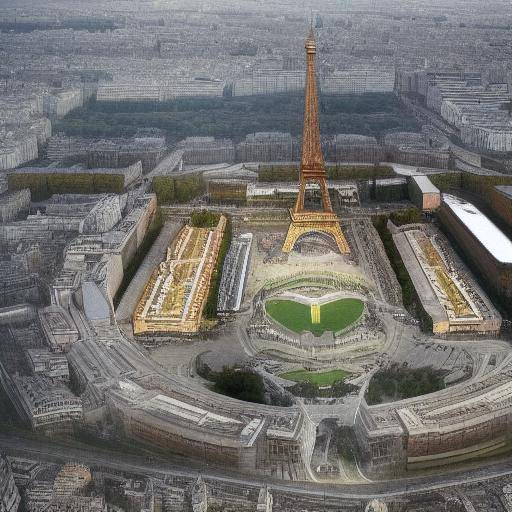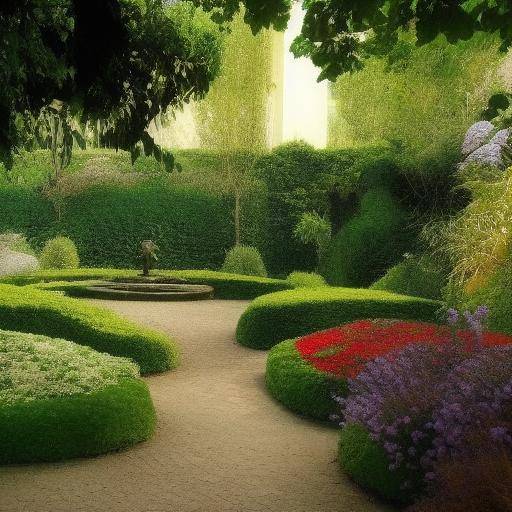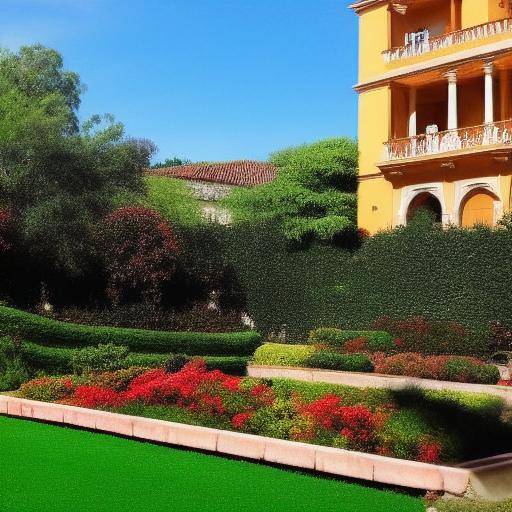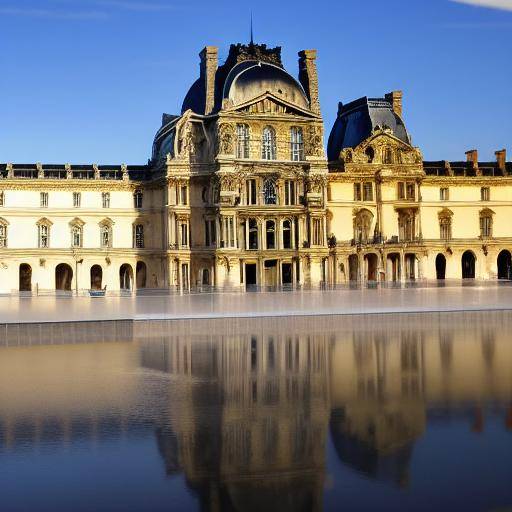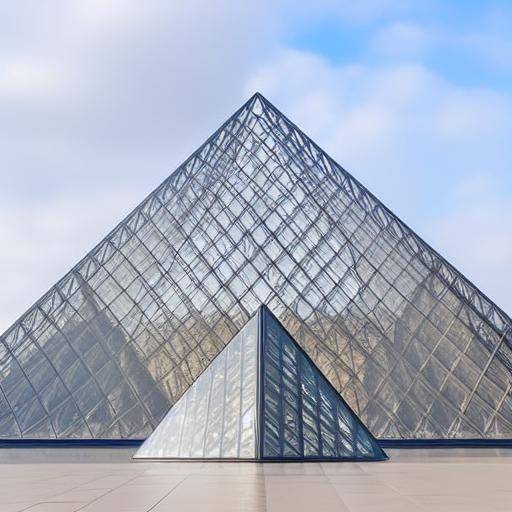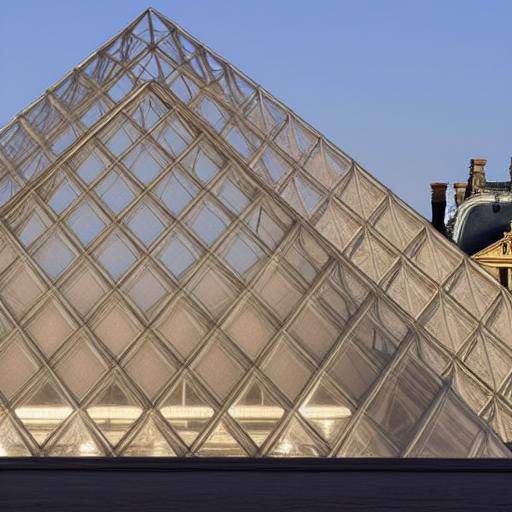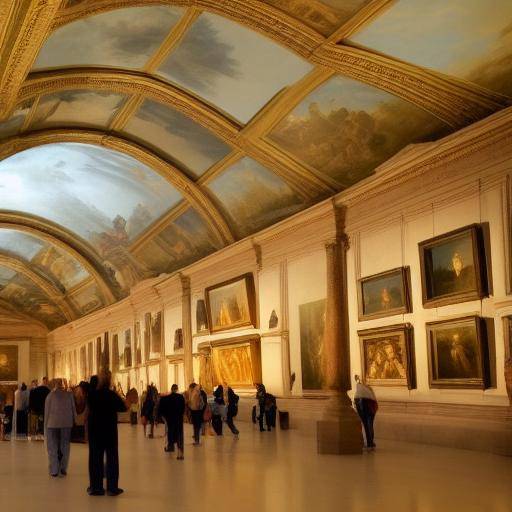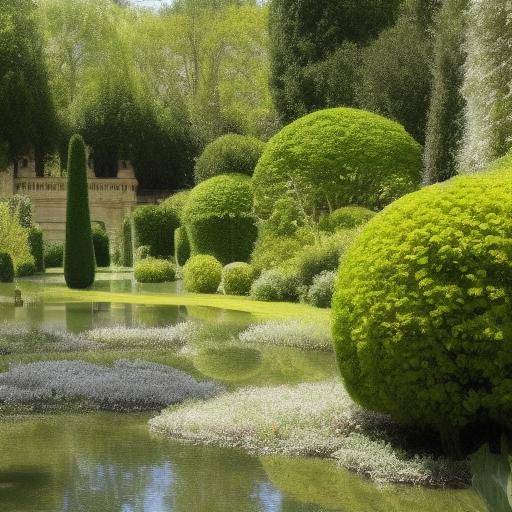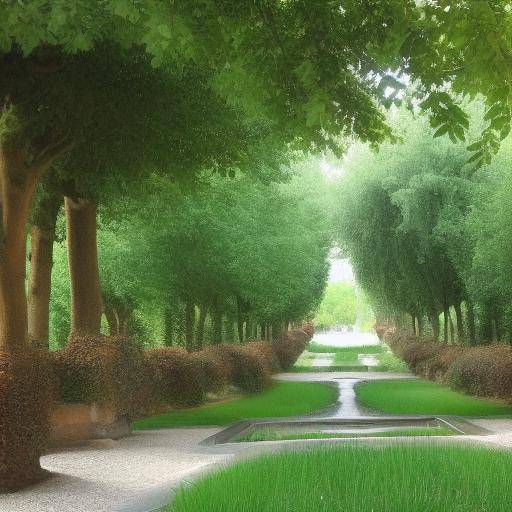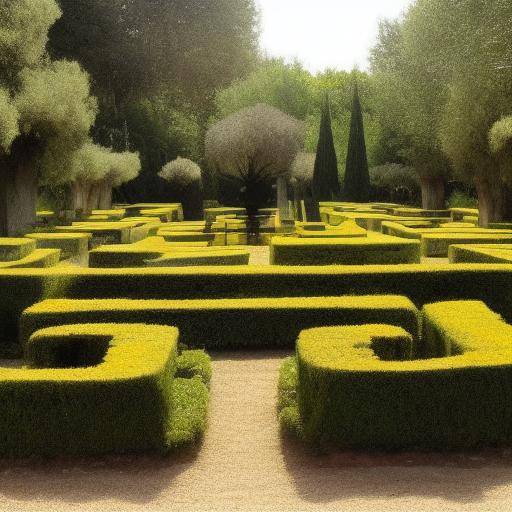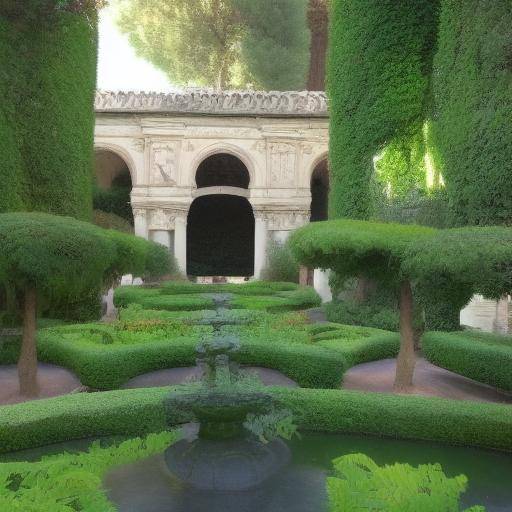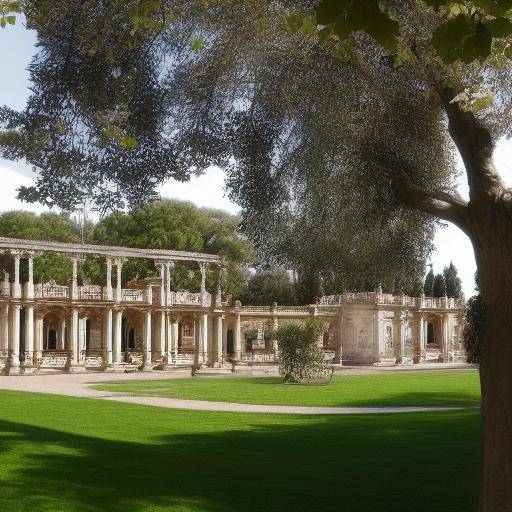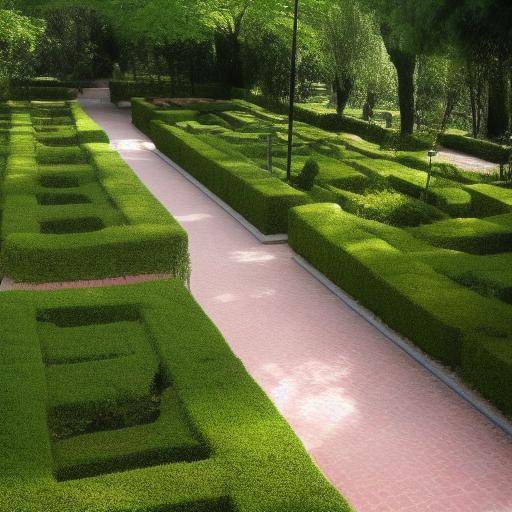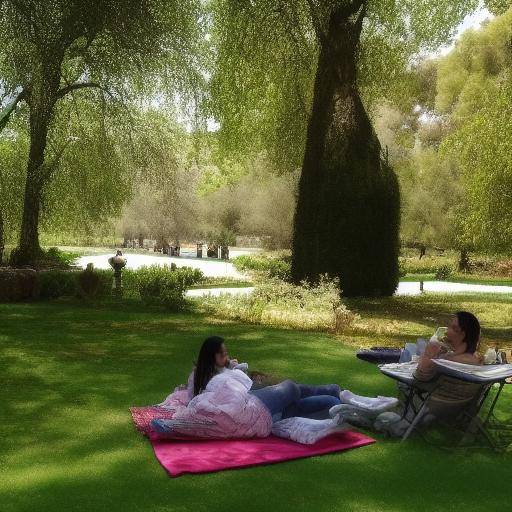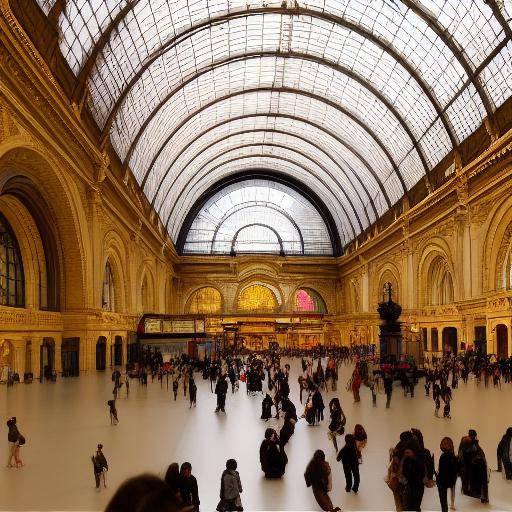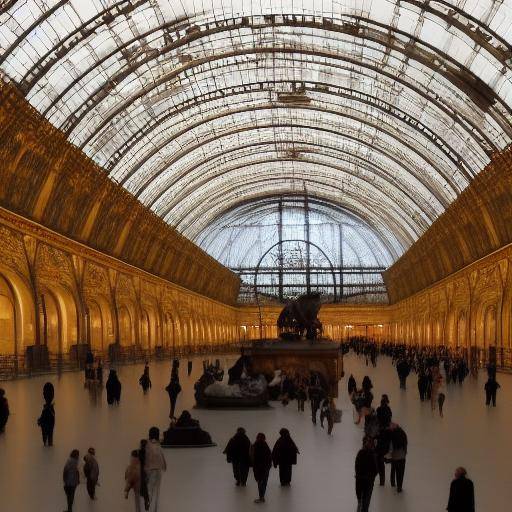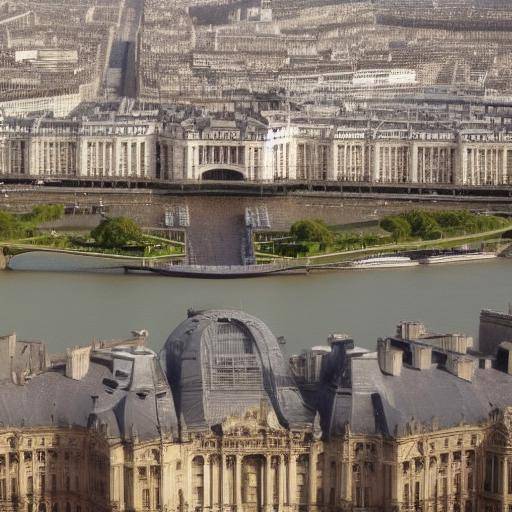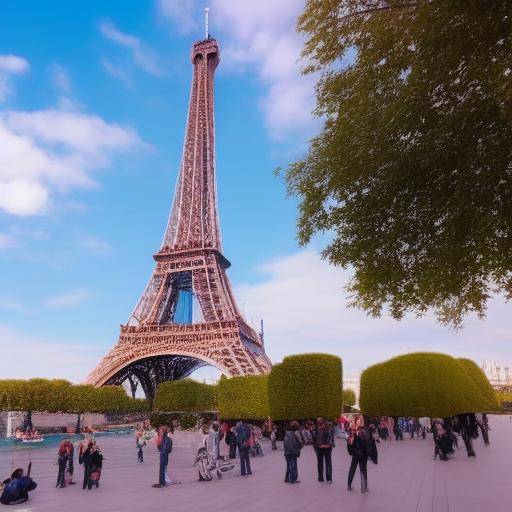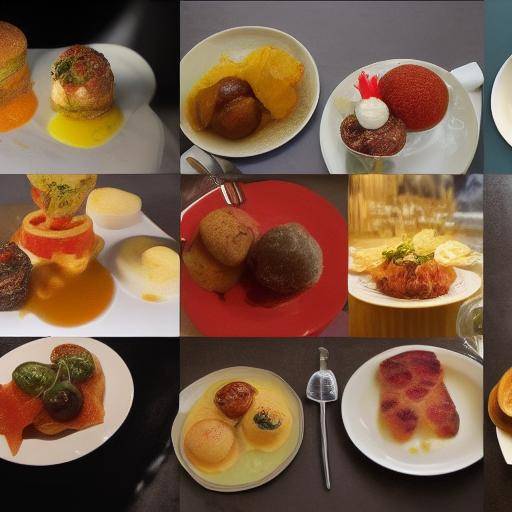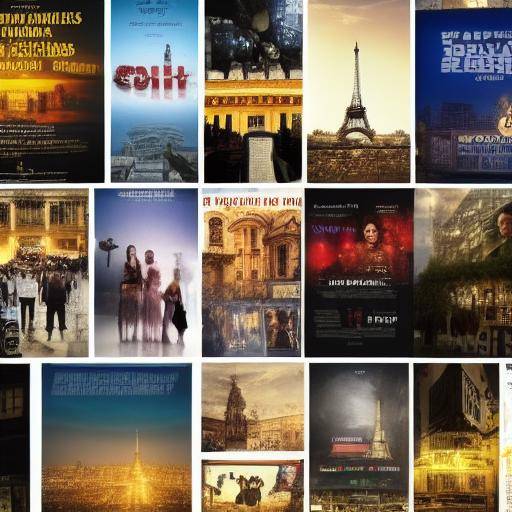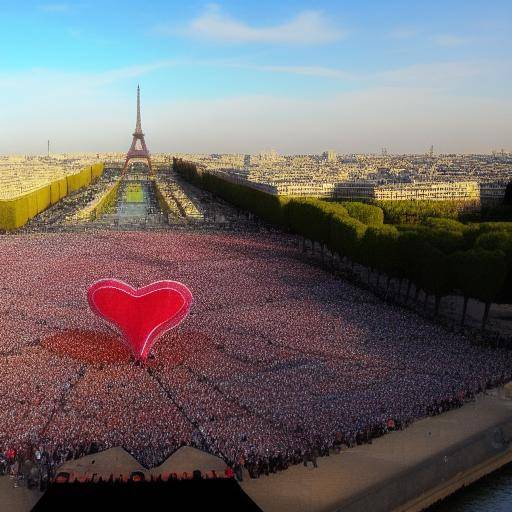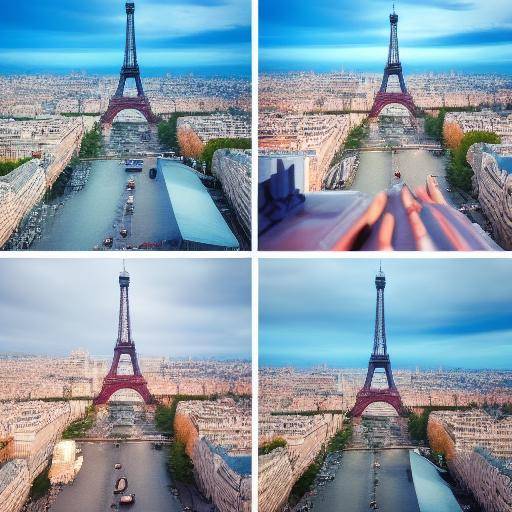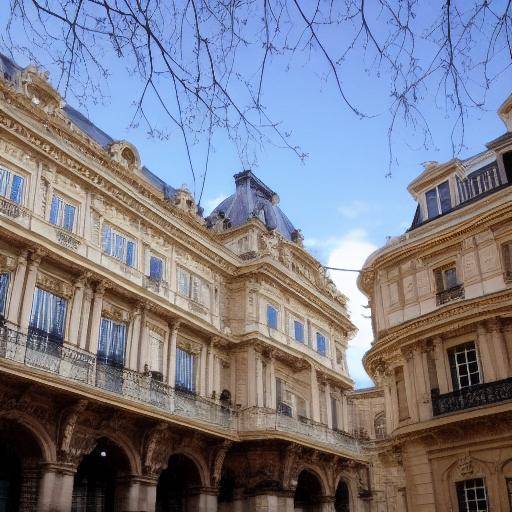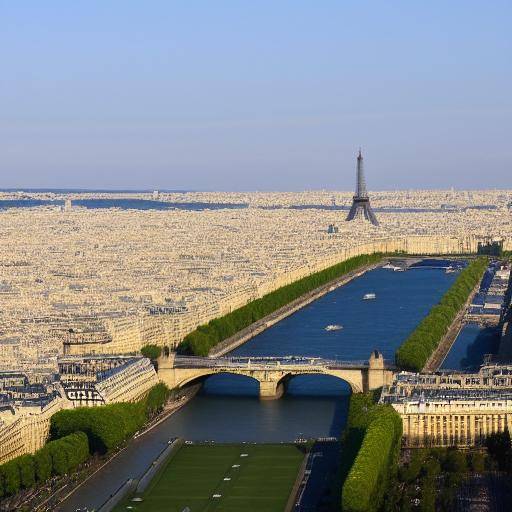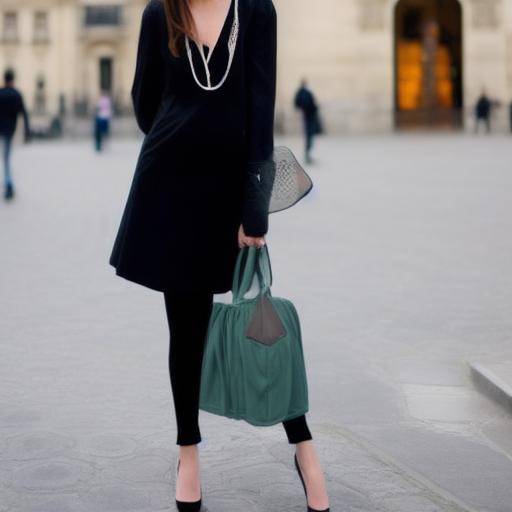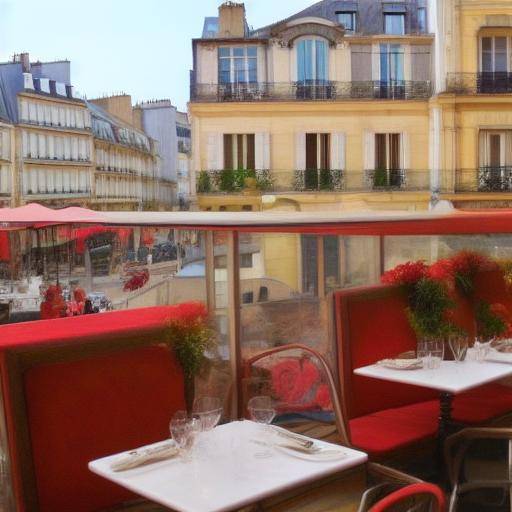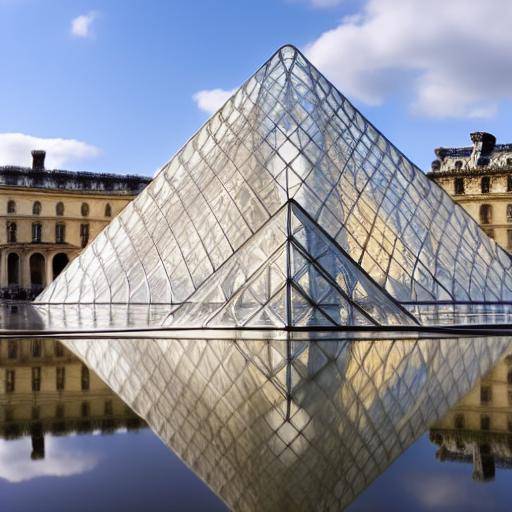
The Louvre Museum in Paris is one of the most emblematic cultural jewels in France. With its impressive collection of art and its impressive architecture, the Louvre is an indispensable destination for art and history lovers. In this article, we will explore the rich history and fascinating artistic treasures that reside in this iconic monument, as well as its relevance in the context of Paris and France. In addition, we will offer practical advice and in-depth analysis to enrich your experience by discovering the Louvre and its surroundings.
History and Trajectory
Origen of the Louvre
The Louvre Museum has its origins in the 12th century, when it was built as a fortress protecting the city of Paris. In the sixteenth century, it became a royal residence under the reign of Francis I. Over time, it evolved to become a symbol of the French monarchy and, finally, a museum, opening its doors to the public in 1793, after the French Revolution. Since then, he has experienced several expansions and renovations, becoming the magnificent complex that is today.
Evolution and Expansion
Over the centuries, the Louvre has witnessed numerous transformations. The construction of the famous glass pyramid at the entrance, designed by Ieoh Ming Pei and inaugurated in 1989, marked one of the most significant renovations in the museum, modernizing its access and expanding its exhibition spaces. This iconic structure has come to symbolize the mixture of the old and modern that characterizes the Louvre.
Cultural Importance
The Louvre collection is truly impressive, ranging from Egyptian and Greek antiques to Renaissance masterpieces, Romanticism and Modernism. The museum houses famous works such as the "Mona Lisa" by Leonardo da Vinci, the "Venus de Milo" and "La Victoria de Samotracia", among many other key pieces that represent the history of art over the centuries.
Analysis in Deep
Cultural and Artistic Impact
Exploring the Louvre and its artistic treasures not only provides an aesthetic experience, but also offers a deeper understanding of the history and evolution of art over the centuries. This intimate approach to masterpieces provides a unique perspective on human creativity and its impact on society.
The cultural impact of the Louvre transcends the borders of Paris and France, influencing the global appreciation of art and the importance of its preservation. His contribution to artistic education and creative inspiration is incalculable, influencing generations of artists, academics and art enthusiasts around the world.
Relevance in Paris and France
In the context of Paris, the Louvre is not only an important cultural centre, but also a symbol of the rich history of the city. As an epicenter of art and creativity, it embodies the elegance and sophistication that characterize Paris as one of the world's cultural capitals.
In the framework of France, the Louvre contributes significantly to the country's cultural heritage, attracting millions of visitors every year and consolidating its status as an impermissible tourist destination. Its role in the preservation and display of art, as well as in education and cultural enrichment, makes it an invaluable asset for national identity.
Comprehensive review
Comparison with Other Museums
Comparatively, the Louvre stands out as one of the most distinguished and complete museums in the world. Its diverse collection and commitment to artistic excellence place it in a unique category, consolidating its position as an international benchmark in the field of art and culture.
Visitor Experience
At the practical level, visiting the Louvre offers art lovers the opportunity to immerse themselves in a vast ocean of creativity and expression. With the expert guidance of curators and guides, visitors can appreciate the historical and artistic context of the works and enrich their understanding of the different artistic currents that have shaped history.
Practical Tips to Visit the Louvre
- Planning of the Visit: Buying tickets in advance and planning the visit to avoid peak hours can significantly improve the experience.
- Thematic tours: Take advantage of the guided tours or the theme tours offered by the museum to deepen in specific areas of interest.
- Duration of the Visit: Book at least half a day to explore the museum properly, although a full visit may require more time.
- Section Exploration: Dividing the visit through sections, such as Egyptian antiquities, Greek and Roman art, and Renaissance paintings, can make the experience more manageable and enriching.
- Use of Technology: Use the Louvre applications and audio guides to get detailed information about the works and their historical context.
Conclusion
The Louvre Museum is much more than just a museum; it is a living testimony of the evolution of art and history over the centuries. Its vast collection and impressive architecture make it an indispensable destination for any lover of art and culture. When visiting the Louvre, not only is the beauty and ingenuity of the masterpieces experienced, but it also participates in an educational and cultural journey that enriches the understanding of the artistic heritage of mankind.
Exploring the Louvre is immersed in a world of creativity and expression, where each work tells a story and each room offers a new perspective. With careful planning and an open mind, a visit to the Louvre can be a transformative experience, leaving a lasting mark on the heart and mind of each visitor.
Prepare to discover the treasures of the Louvre and immerse yourself in the rich history and culture that define this iconic museum in the heart of Paris!

